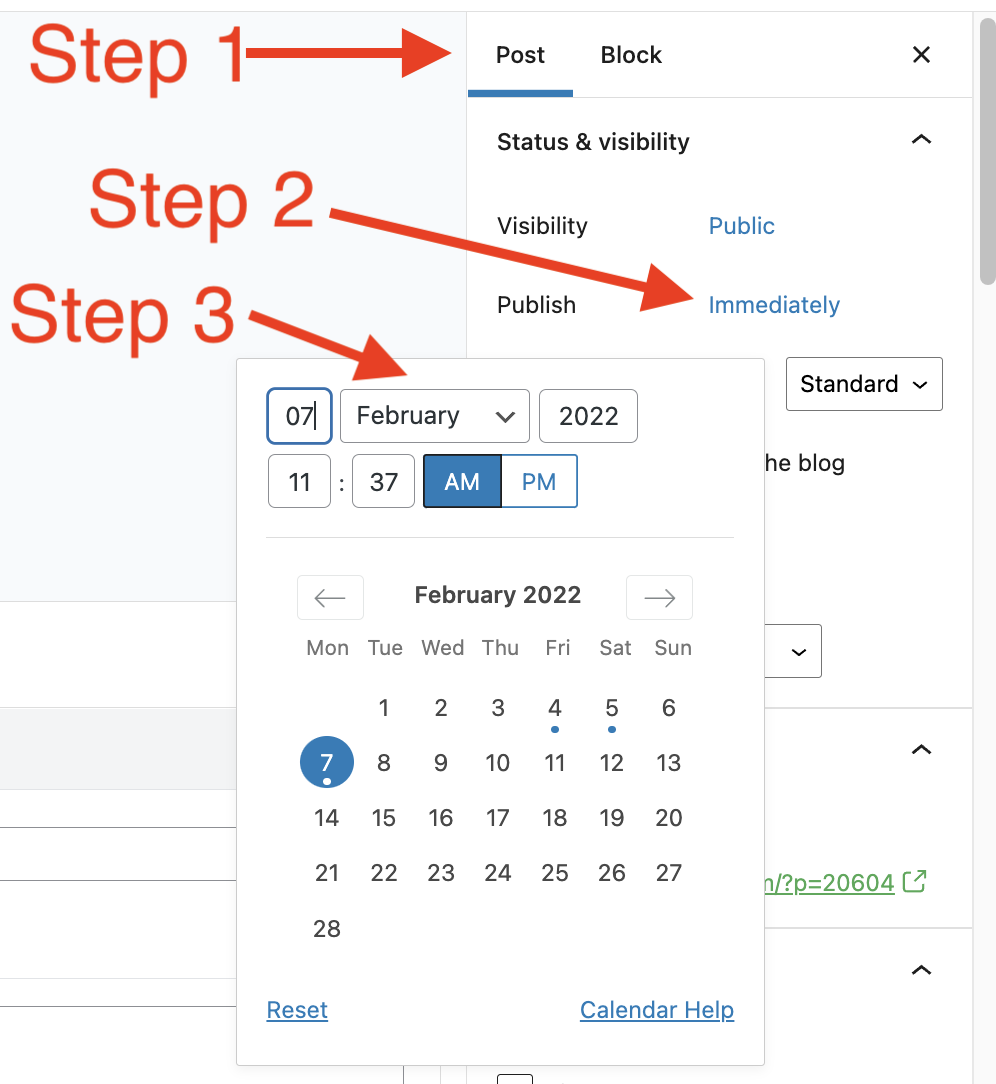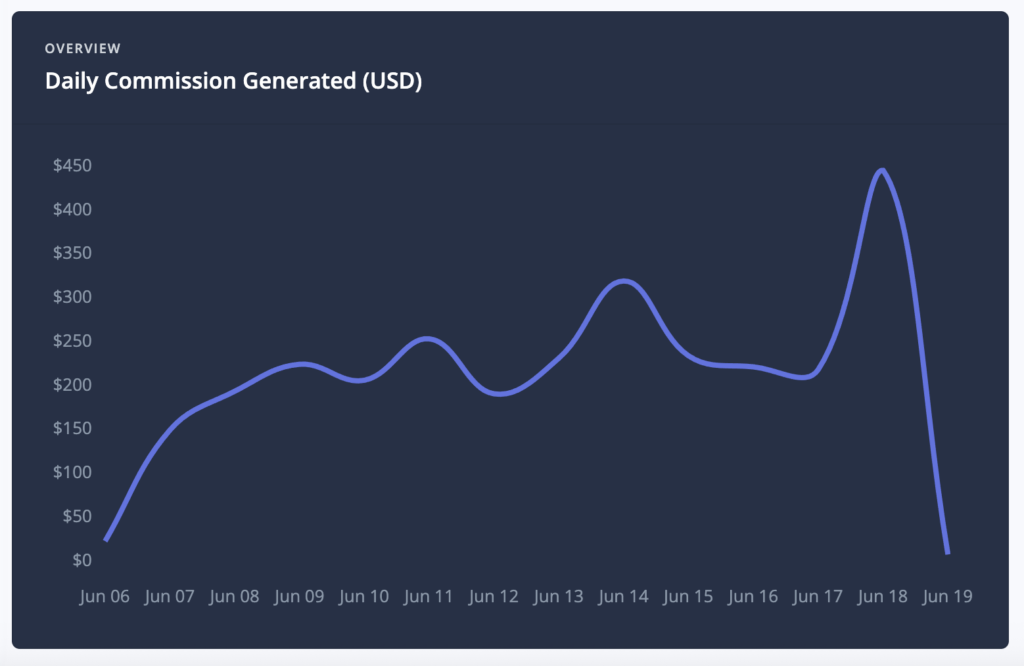I used to schedule posts so that new content would be published daily or at the very least on a regular basis.
I don’t do this anymore with a few exceptions. These days I publish everything as soon as it’s ready. No drip publishing for me. It’s a waste of time, hurts traffic and compromises decision making. I explain all three disadvantages of scheduling blog posts below.
Will not publishing fresh content regularly hurt SEO traffic?
I’ve gone months and in some cases years not publishing new content on sites. Traffic never suffered. It didn’t grow but it didn’t go down. It remained static. The whole “fresh content” nonsense is just that… nonsense. I don’t worry if a website doesn’t get new content for a week, month or several months.
Why scheduling out posts actually wastes time?
Scheduling posts wastes time because it makes internal linking far more difficult. As posts go live, one must go and link to that post from existing posts. It’s a real drag. If you publish everything immediately, while its fresh in your mind, you can quickly go build one or a few links to that new article from existing articles. This is particularly easier when publishing multiple sites and numerous articles daily.
How on earth does drip-feeding posts hurt traffic?
The longer you wait to publish an article, the longer it takes to rank. While a week delay here and there may not have all that much of an impact on your bottom line, if you delay publishing 300 articles by an average of week in a year, those delays add up to massive delays in ranking and banking.
Lastly, drip-feeding blog posts compromises and/or delays decision-making
Scheduling out posts also compromises your decision making ability, especially for newer sites. For example, if you launch a new site and drip feed the first 50 articles, you delay ranking results. Without ranking results, you can’t assess whether the site has promise or is a dud. If it has promise, you can’t notice any patterns that offer any particular direction you should go with the site such as sub-topics that are performing well.
When I launch a site, every article gets published as soon as humanly possible. I then let it sit for 3 to 9 months at which I see whether it’s working out. If I drip-published all that content, I wouldn’t be able to make any decisions about the site as quickly.
Exceptions
There are almost always exceptions to rules I implement. Not scheduling posts included. Sometimes I do schedule out posts. The following are situations when drip-feeding posts is worth the hassle and cost:
Dedicated readership: if you have a loyal readership that visits your site daily or weekly anticipating a certain publishing cadence, then stick to that cadence.
A content provider requests spacing out content: Recently, I entered into arrangements with some experts in my niche where they provide excellent content for my site. They’re publishing a column with their own profile. They get exposure and I get expert-level content. These experts prefer the content be spaced out for good reason… they prefer the branding
RSS / Social feeds: If you have systems set up wither new content is automatically published in emails via RSS or on social media channels, you may definitely prefer scheduling out posts so that you don’t inundate feeds with a pile of content all at once. This is a very good reason to schedule content out.
Jon, you’ve gone on and on about scheduling posts. I’m new to this. How do you schedule posts in WordPress?
It’s easy to schedule posts in WordPress. Here’s how to do it. Actually here’s how to do it in both Classic and Gutenberg editors:
How to schedule posts in WordPress Classic editor
Step 1: In the “Publish” section at the top right of your blog post visual editor:
Step 2: Input the date/time for when you want your blog post to go live
How to schedule posts in Gutenberg block editor
Here are the three steps:
What if you simply prefer scheduling blog posts, is it okay?
You bet it’s fine. It’ll cost you rankings in the aggregate but if you’re okay with that, then by all means go for it. Your site, your rules.

Jon Dykstra is a six figure niche site creator with 10+ years of experience. His willingness to openly share his wins and losses in the email newsletter he publishes has made him a go-to source of guidance and motivation for many. His popular “Niche site profits” course has helped thousands follow his footsteps in creating simple niche sites that earn big.









